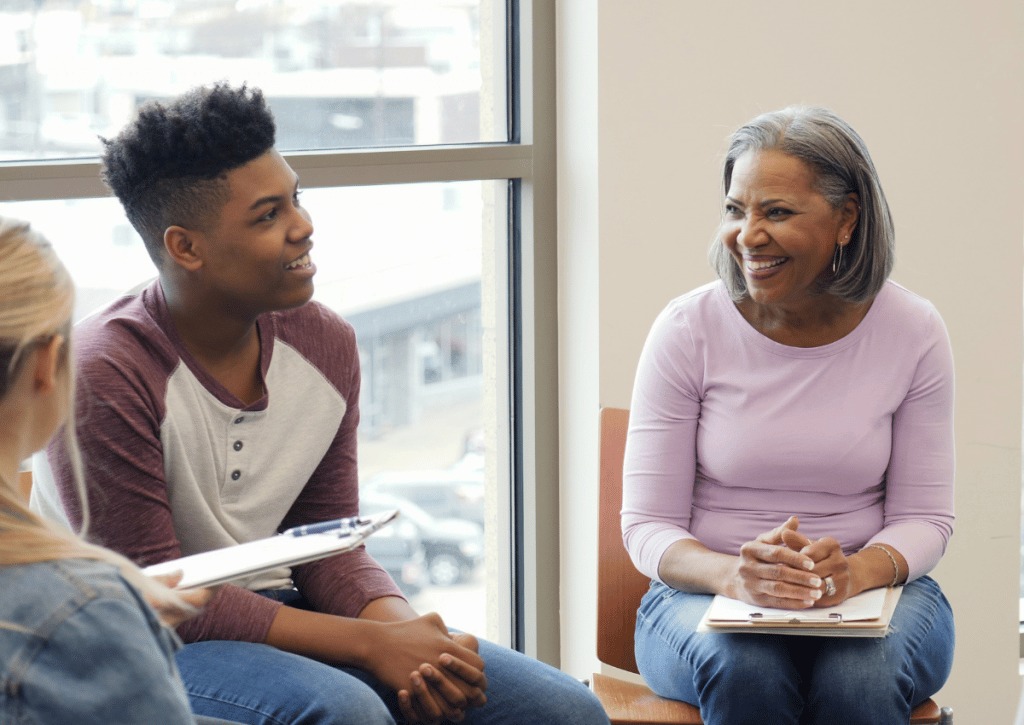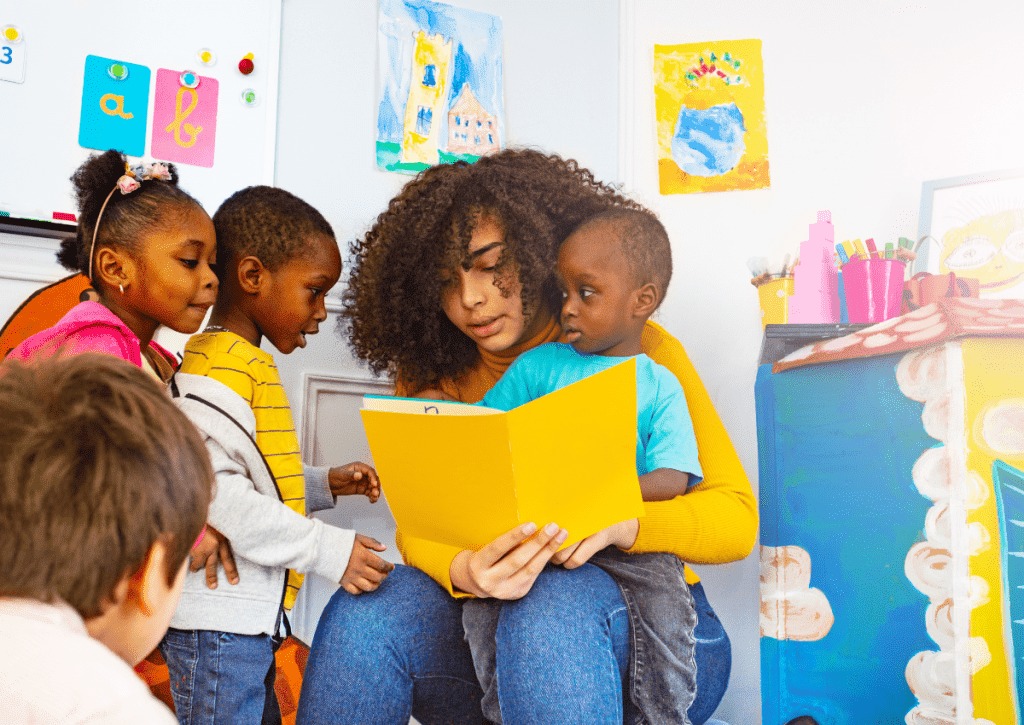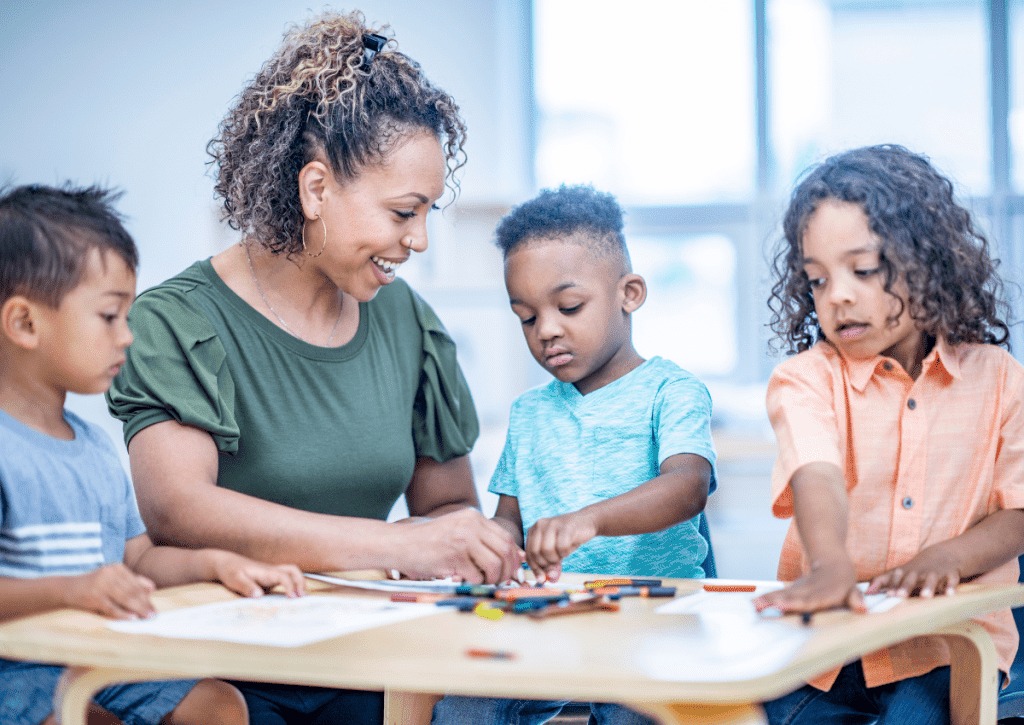Every teacher has a unique way of implementing a discipline plan in class, whether they use a clip system, color-coded chart, along with clear rules and expectations. While punitive punishments have long been the cornerstone of student discipline, studies have found that this type of behavior correction can negatively affect student behavior.
With this information in mind, more school districts across the country are moving to another way to address student behavior more positively. Restorative practices in the classroom are quickly becoming a hot topic in classroom management, focusing on better discipline and not punishment. If used correctly, the teacher can help foster a community of respect and tolerance for every student in the classroom.

Table of Contents
- What Are Restorative Practices?
- Principles Of Restorative Practice In The Classroom
- Five Advantages Of Using Restorative Practices In The Classroom
- How To Establish Restorative Practices In Your Classroom
- Restorative Practices in the Classroom FAQs
- Conclusion
What Are Restorative Practices?
Restorative practices are essentially centered on creating a positive impact for all learners academically, socially, and behaviorally in a school setting. For instance, students can be asked to reflect on their behavior and might be asked to articulate the reasons for making a poor choice. Creating this behavior intervention allows students to handle coping rather than immediately punishing the behavior.
Restorative practices are now encouraged more because strict punishment only acts as a quick way to solve the problem. While it might quell the problem at that moment, there is no lasting technique or strategy to change the behavior long-term.
Principles Of Restorative Practice In The Classroom
Restorative practices, sometimes called restorative justice, are centered on working together to achieve a common goal: better student behavior.
Core principles of restorative justice can include the following:
- More accountability for behaviors in the classroom. Reflecting on behavior is necessary for all age groups, whether it’s elementary, middle school, or secondary students. Of course, the ways students reflect and think about their behavior should change based on age.
- Community engagement is encouraged. Students, parents, administrators, and even other school personnel could be encouraged to use such practices in the school community.
Achieving a classroom environment where all students feel loved and respected isn’t an easy task. However, the benefits of restorative practice in classrooms can not only impact student behavior, but it can make a real difference in academic achievement. Evidence suggests that positive student experiences in school directly impact academic performance.

Five Advantages Of Using Restorative Practices In The Classroom
Now that we understand a little more about why schools are using positive, centered approaches to discipline, you may not be aware of the benefits they provide. So let’s look at some advantages of using these practices inside the classroom.
Mutual Respect For Everyone
Students who form good relationships with their teachers have a better chance to improve academically and socially throughout the year. Even in cases where certain students make mistakes, the teacher can know the student well enough to intervene appropriately. Here’s an example. In a classroom, you might have a student constantly calling out answers, interrupting the rest of the students.
The teacher might meet with the student to get the core reason for calling out. As a result, the student tells the teacher that they don’t get a chance to share everything they want to say in a classroom discussion. Positive strategies could fix the issue, such as the teacher pulling popsicle sticks to give everyone a chance. Or, the student could be given a “wonderings journal” where they could discuss what’s on the child’s mind at a later time (i.e. during lunch or at recess).
Parents are also more likely to have better relationships with educators when they take the time to know their students on a personal level. Teachers can also get parents’ input to learn more about what triggers poor behavioral choices.
Safe Environment To Reflect
Restorative practices can provide safe spaces for all students to reflect. As long as proper norms are established, (such as one person talking at a time), this method can be a great way for students to be heard and understood. Unfortunately, more students, especially high school students, often feel like their opinions aren’t heard.
Students who act out often have a specific reason behind their behavior. For example, they could be frustrated with someone else in the class or they might not feel like classroom assignments are fair. These coping mechanisms can provide a better way for everyone in the classroom to feel like they are part of the greater good.
Better Conflict Resolution Skills
Teachers who understand conflict is a normal part of a classroom are better equipped to handle it effectively. Without proper intervention, the environment quickly becomes unproductive and negative. At the beginning of the year, the teacher must model such examples that could happen in class. For example, how would you teach the class what to do if someone said something unkind to you? Important considerations would include the following:
- Acknowledging that something wrong was done
- How to apologize and brainstorm ideas for maintaining peace and tranquility
- Why it’s important to forgive peers when they do something wrong
Just like anything else the teacher is conveying to the class, conflict resolution is something that must be modeled and practiced consistently. While you should expect conflict to occur in the classroom, you’ll have more ease knowing that you have the skills to nip it in the bud quickly.
Students Become Aware Of Consequences
Another primary benefit of restorative practices in the classroom is enabling students to be more aware of consequences. For students to succeed, it’s clear expectations should be established in the first few days of school. One reason why students push boundaries is the miscommunication of what’s expected in the classroom.
For example, bullying is a hot topic in schools for all ages. While it’s important to establish no tolerance for such actions, the same amount of attention should be explained to what bullying entails. If students haven’t been taught about what respectful and kind behavior toward their peers is, it’s unlikely they’ll act the way we want them to. So again, the teacher needs to model clearly how students are expected to behave. One idea is getting student input on how they would like to be treated by the teacher and other peers in class.
Student Centered, Not Teacher Centered
Student centered classrooms mean the teacher is a facilitator of knowledge, and the same principle applies to social settings. Students who have been taught restorative practices have a deeper understanding of their classmates. It could be easy for the teacher to put everybody in single file in rows sitting by themselves, but how effective would that be for establishing classroom cohesiveness?
Classrooms where everyone feels respected and valued often have setups in pairs or group tables. Here, everyone gets a chance to give their input and feel like they’ve contributed to the class. While students are in your class, you want them to feel like a family, not strangers who are just there for seven hours a day.

How To Establish Restorative Practices In Your Classroom
As a teacher, you’re probably wondering how to use the basic strategies inside your class. There are simple yet effective ways to make your class more welcoming and inviting.
Classroom Circles
Classroom circles can be used for kids of all ages, but clear guidelines need to be established beforehand. Nevertheless, classroom circles are a way for all students to be heard, and below are some guidelines to follow.
- Opening- discuss what you’ll be talking about today ( how it feels when someone says something unkind, for example)
- Guidelines- establish that one person speaks at a time. The teacher could pass around a ball or other item that students hold when talking.
- Speak and listen respectfully.
- Consider an icebreaker to get students to open up more.
Mindfulness Exercises
Our students can be more mindful of what they say and do throughout the day. Many effective teachers utilize “brain breaks” in class while they are teaching, whether it’s deep breathing exercises, yoga poses, or even using hands-on activities with play-doh or slime. For instance, if you’re studying a unit on ocean habitats, you could have the student create their model aquarium. Not only will there be some creative ideas, but you’ll be surprised how calming such an activity can be for everybody.
Positive Phrases Anchor Charts
Teachers should be prepared to handle every kind of student that enters the classroom. You may have kids in the school that haven’t been taught how to speak kindly to others. Starting the first five minutes with a kind word can set the tone for the rest of the day. The teacher can ask the class, “what’s something kind we could say to our peers?” (track responses on anchor charts)
For reinforcement, the teacher can recognize kind words with incentives (such as classroom tickets or stickers) when the responses on the anchor chart are being used. After a while, you’ll start to notice that kind words and actions have become second nature in the classroom and charting examples of kind phrases is no longer necessary.
Classroom Contract
A classroom contract is a set of essential agreements, not rules, that everyone has agreed on and is expected to follow. In the first few days of school, the teacher can facilitate creating a classroom contract with the class. Here is how it works. Create a chart with the following questions.
- How do you want me (the teacher) to treat you?
- How do you want to be treated by others? (students and teacher)
- How do you think you should treat other students in class?
- What agreements do you think we should have for class?
The teacher’s job here would be to call on students and chart responses. After the teacher has written the answers, the class comes up with five essential agreements based on student and teacher input. Finally, call every student to come up and initial the chart, which stays up all year long. The classroom contract should be referred to throughout the year and used as a restorative practice should conflict occur.
Peer Mentoring
Peer-to-peer mentoring is effective when you want to get everyone on board with classroom expectations. For example, a buddy could serve as their support system if you have a particularly challenging student who needs reminders for directions. Not only will this help make the teacher’s job less stressful, but the mentor will have a sense of empowerment, and other students will want to perform at a high level as well.
Restorative Practices in the Classroom FAQs
Restorative practices help all students feel that they can respond to possible issues that arise in the classroom. It helps shape the way they think, feel, and behave.
Students come from many different backgrounds and might not have been taught effective ways to deal with conflict. Using restorative practices helps establish a calm and welcoming classroom.
Punitive punishments don’t solve the behavior issue long-term. Restorative practices help students reflect about choices and establish strategies to change the way they respond to situations.
Conclusion
Creating an environment in class where you can handle student behavior effectively takes a lot of dedication and practice. Restorative practices in the classroom are an excellent way to foster acceptance and positivity for students in K-12 education. Consider using these techniques, and you’ll be surprised at how much your students can accomplish academically and socially.
